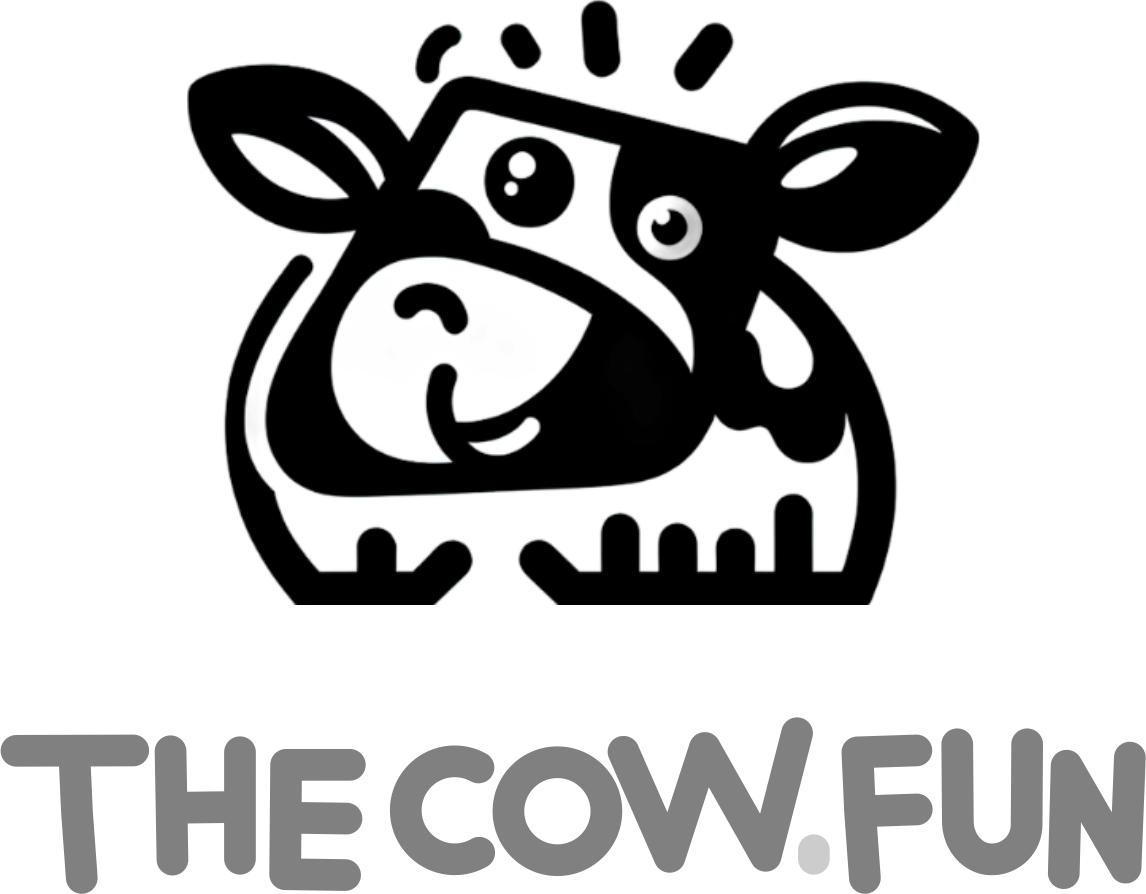Discover the Furry Charm
Highland cattle are a breed of cattle native to the mountainous regions of Scotland. With their distinctive long fur and resilience to cold weather, these cows are not only a visual spectacle but also an example of adaptation and strength. In this article, we will explore the characteristics, history, and care of these fascinating creatures.
History of Highland Cattle
The Scottish Highland cattle have a rich history that dates back centuries. Originating from the inhospitable mountainous regions of Scotland, these cows were bred to survive in extreme conditions. The first official society dedicated to this breed was established in 1884, highlighting its importance and value to Scottish agriculture.
Origins and Development
Highland cattle adapted to their environment over the centuries, developing a thick, long coat that protects them from cold and rain. This adaptation has allowed them to thrive in a climate where many other breeds would struggle to survive. Their resilience and ability to find food in challenging terrains made them indispensable to farmers in the region.
Characteristics of Highland Cattle
Distinctive Appearance
The most notable feature of Highland cattle is their long, shaggy coat, which can vary in color from red to black, with shades of yellow and silver in between. This coat not only provides effective protection against the elements but also gives them a majestic and unique appearance.
Impressive Horns
Both male and female Highland cattle possess long, curved horns, which are not only a symbol of their strength but also help them defend themselves and forage for food in the snow.
Size and Weight
Highland cattle are medium-sized animals, with males weighing between 800 and 1,000 kg and females between 500 and 700 kg. Their compact size and robust structure are ideal for life in mountainous terrains.
Care of Highland Cattle
Feeding
These cows are not picky eaters. They can thrive on grasses and shrubs that other breeds would reject. This ability to utilize limited resources is one of the reasons for their success in harsh climates.
Space and Habitat
While they are resilient animals, Highland cattle need space to move and graze. An environment with ample pasture and shade is ideal for keeping them healthy and content.
Health and Maintenance
The cold-resistant cattle of the Highlands are known for their robustness and resistance to common diseases that affect other breeds. However, it is important to conduct regular check-ups and provide adequate shelter during extreme weather conditions.
Interesting Facts About Highland Cattle
- Climate Adaptation: Their long, thick coat not only protects them from the cold but also allows them to regulate their body temperature in warmer climates.
- Longevity: These cows have a longer lifespan than many other breeds, with some living over 20 years.
- Quality Meat: Highland cattle meat is known for its high quality, being lean and rich in flavor. It is considered a delicacy in many parts of the world.
Conclusion
Highland cattle are a living testament to adaptation and resilience. With their distinctive appearance and ability to thrive in difficult conditions, these cows are not only a visual wonder but also a valuable resource for farmers. Whether you are interested in raising cattle or simply admiring their beauty, Highland cattle deserve a special place in our hearts and in the history of agriculture.
If you have fallen in love with these majestic creatures, why not bring a piece of the Highlands into your home? Explore our collection of Highland-inspired products on Amazon and add a touch of rustic charm to your daily life. Click here to discover more!
